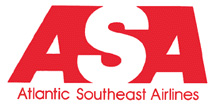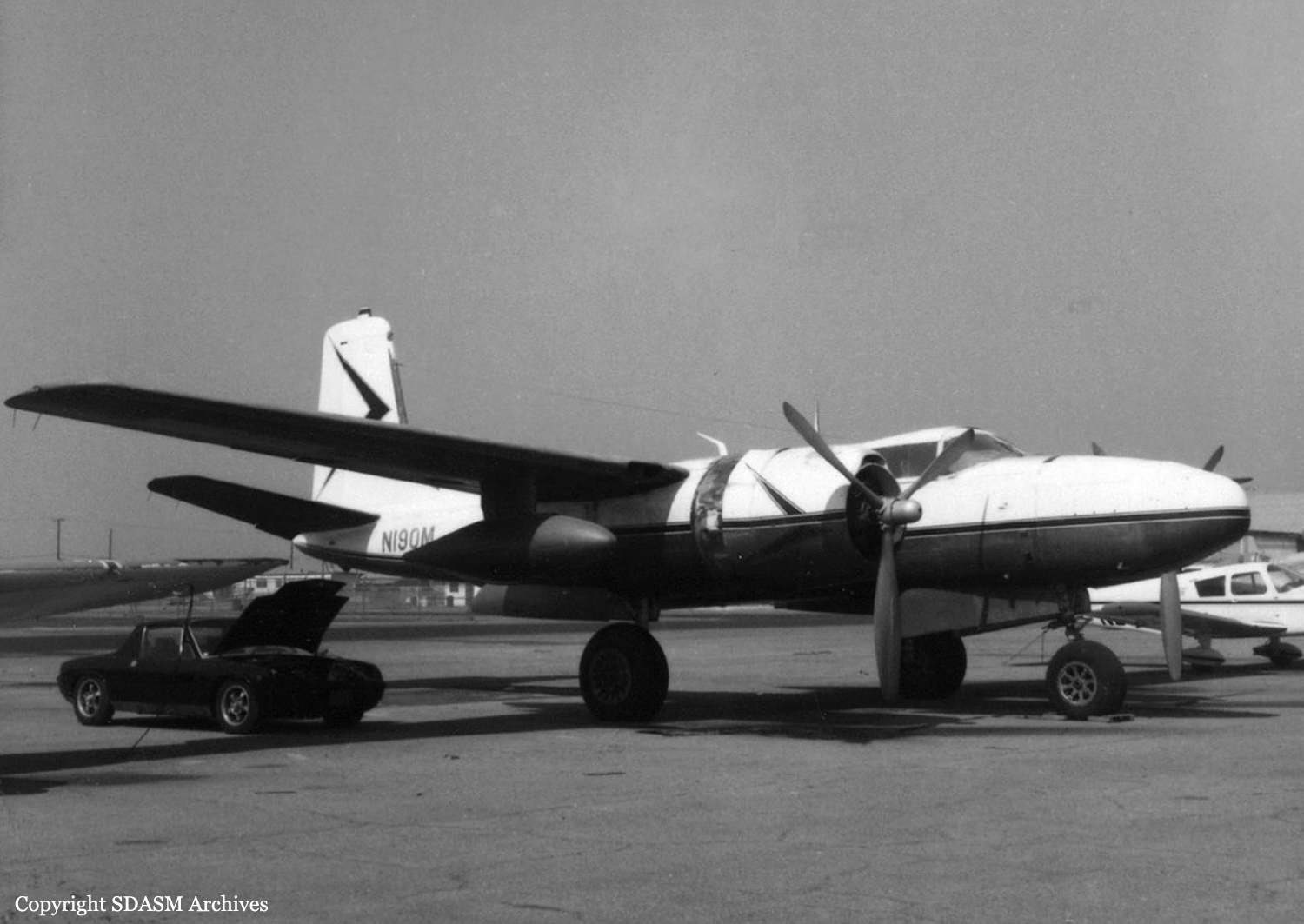Crash of an Embraer EMB-120RT Brasília near Mantiqueira: 5 killed
Date & Time:
Sep 19, 1986 at 1515 LT
Registration:
N219AS
Survivors:
No
Schedule:
São Jose dos Campos - Brasília - Manaus - Caracas - Fort Lauderdale - Atlanta
MSN:
120-019
YOM:
1986
Crew on board:
2
Crew fatalities:
Pax on board:
3
Pax fatalities:
Other fatalities:
Total fatalities:
5
Aircraft flight hours:
12
Circumstances:
Brand new, the aircraft was took over by ASA crew to be delivered to Atlanta, Georgia. He was cleared by the São José Tower controller to follow the 010° radial to the SJC VOR, and cross the VOR at 5,000 feet. Some time after takeoff São José Tower instructed the flight to climb to FL280 out of 5,000 feet and intercept the 352 radial of the SJC VOR. The flight crew failed to follow the instructions and continued at an altitude of 5,000 feet. In limited visibility due to low clouds, the airplane struck the slope of a mountain located in the Mantiqueira Mountain Range. The wreckage was found 700 feet below the summit. All five occupants were killed.
Probable cause:
The following findings were reported:
- The pilots did not plan the flight properly, though there was an AIS room with the necessary sources of consultation. Maintaining altitude of 5000 feet for too long a time, subject to the minimum safe altitudes in the are area in the available publications, and the discrepancies found in the flight plan confirm this thesis.
- The pilot did not properly collated the guidelines issued by the tower and remained incompatible altitude with instructions issued by the control.
- There are strong indications that the flight proceeded under instrument flight conditions.
- There was no proper coordination between the ACC BS and TWR SJ regarding the transference and control of the air traffic nor did TWR SJ requested receipt of the messages.
- The pilots did not plan the flight properly, though there was an AIS room with the necessary sources of consultation. Maintaining altitude of 5000 feet for too long a time, subject to the minimum safe altitudes in the are area in the available publications, and the discrepancies found in the flight plan confirm this thesis.
- The pilot did not properly collated the guidelines issued by the tower and remained incompatible altitude with instructions issued by the control.
- There are strong indications that the flight proceeded under instrument flight conditions.
- There was no proper coordination between the ACC BS and TWR SJ regarding the transference and control of the air traffic nor did TWR SJ requested receipt of the messages.








